How to replace your email gateway with Cloudflare Area 1


Leaders and practitioners responsible for email security are faced with a few truths every day. It’s likely true that their email is cloud-delivered and comes with some built-in protection that does an OK job of stopping spam and commodity malware. It’s likely true that they have spent considerable time, money, and staffing on their Secure Email Gateway (SEG) to stop phishing, malware, and other email-borne threats. Despite this, it’s also true that email continues to be the most frequent source of Internet threats, with Deloitte research finding that 91% of all cyber attacks begin with phishing.
If anti-phishing and SEG services have both been around for so long, why do so many phish still get through? If you’re sympathetic to Occam’s razor, it’s because the SEG was not designed to protect the email environments of today, nor is it effective at reliably stopping today’s phishing attacks.
But if you need a stronger case than Occam delivers — then keep on reading.
Why the world has moved past the SEG
The most prominent change within the email market is also what makes a traditional SEG redundant – the move to cloud-native email services. More than 85% of organizations are expected Continue reading
Introducing browser isolation for email links to stop modern phishing threats

This post is also available in 简体中文, 日本語 and Español.

There is an implicit and unearned trust we place in our email communications. This realization — that an organization can't truly have a Zero Trust security posture without including email — was the driving force behind Cloudflare’s acquisition of Area 1 Security earlier this year. Today, we have taken our first step in this exciting journey of integrating Cloudflare Area 1 email security into our broader Cloudflare One platform. Cloudflare Secure Web Gateway customers can soon enable Remote Browser Isolation (RBI) for email links, giving them an unmatched level of protection from modern multi-channel email-based attacks.
Research from Cloudflare Area 1 found that nearly 10% of all observed malicious attacks involved credential harvesters, highlighting that victim identity is what threat actors usually seek. While commodity phishing attacks are blocked by existing security controls, modern attacks and payloads don’t have a set pattern that can reliably be matched with a block or quarantine rule. Additionally, with the growth of multi-channel phishing attacks, an effective email security solution needs the ability to detect blended campaigns spanning email and Web delivery, as well as deferred campaigns that are benign at delivery time, Continue reading
Welcome to Cloudflare One Week

This post is also available in 简体中文, 日本語, Español.

If we'd told you three years ago that a majority of your employees would no longer be in the office, you simply would not have believed it. We would not have believed it, either. The office has been a cornerstone of work in the modern era — almost an unshakeable assumption.
That assumption carried over into the way we built out IT systems, too. They were almost all predicated on us working from a consistent place.
And yet, here we are. Trends that had started out as a trickle — employees out of the office, remote work, BYOD — were transformed into a tsunami, almost overnight. Employees are anywhere, using any mobile or desktop device available to work, including personal devices. Applications exist across data centers, public clouds and SaaS hosting providers. Tasks increasingly are completed in a browser. All of this increases load on corporate networks.
While how we work has changed, the corporate networks and security models to enable this work have struggled to keep pace. They still often rely on a corporate perimeter that allows lateral network movement once a user or device is present on Continue reading
Zero Trust, SASE and SSE: foundational concepts for your next-generation network


If you’re a security, network, or IT leader, you’ve most likely heard the terms Zero Trust, Secure Access Service Edge (SASE) and Secure Service Edge (SSE) used to describe a new approach to enterprise network architecture. These frameworks are shaping a wave of technology that will fundamentally change the way corporate networks are built and operated, but the terms are often used interchangeably and inconsistently. It can be easy to get lost in a sea of buzzwords and lose track of the goals behind them: a more secure, faster, more reliable experience for your end users, applications, and networks. Today, we’ll break down each of these concepts — Zero Trust, SASE, and SSE — and outline the critical components required to achieve these goals. An evergreen version of this content is available at our Learning Center here.
What is Zero Trust?
Zero Trust is an IT security model that requires strict identity verification for every person and device trying to access resources on a private network, regardless of whether they are sitting within or outside the network perimeter. This is in contrast to the traditional perimeter-based security model, where users are able to access resources once they’re granted access to Continue reading
Cloudflare Zaraz launches new privacy features in response to French CNIL standards


Last week, the French national data protection authority (the Commission Nationale de l'informatique et des Libertés or “CNIL”), published guidelines for what it considers to be a GDPR-compliant way of loading Google Analytics and similar marketing technology tools. The CNIL published these guidelines following notices that the CNIL and other data protection authorities issued to several organizations using Google Analytics stating that such use resulted in impermissible data transfers to the United States. Today, we are excited to announce a set of features and a practical step-by-step guide for using Zaraz that we believe will help organizations continue to use Google Analytics and similar tools in a way that will help protect end user privacy and avoid sending EU personal data to the United States. And the best part? It takes less than a minute.
Enter Cloudflare Zaraz.
The new Zaraz privacy features
What we are releasing today is a new set of privacy features to help our customers enhance end user privacy. Starting today, on the Zaraz dashboard, you can apply the following configurations:
- Remove URL query parameters: when toggled-on, Zaraz will remove all query parameters from a URL that is reported to a third-party server. It will turn
Continue reading
Cloudflare mitigates 26 million request per second DDoS attack

Last week, Cloudflare automatically detected and mitigated a 26 million request per second DDoS attack — the largest HTTPS DDoS attack on record.
The attack targeted a customer website using Cloudflare’s Free plan. Similar to the previous 15M rps attack, this attack also originated mostly from Cloud Service Providers as opposed to Residential Internet Service Providers, indicating the use of hijacked virtual machines and powerful servers to generate the attack — as opposed to much weaker Internet of Things (IoT) devices.

Record-breaking attacks
Over the past year, we’ve witnessed one record-breaking attack after the other. Back in August 2021, we disclosed a 17.2M rps HTTP DDoS attack, and more recently in April, a 15M rps HTTPS DDoS attack. All were automatically detected and mitigated by our HTTP DDoS Managed Ruleset which is powered by our autonomous edge DDoS protection system.
The 26M rps DDoS attack originated from a small but powerful botnet of 5,067 devices. On average, each node generated approximately 5,200 rps at peak. To contrast the size of this botnet, we’ve been tracking another much larger but less powerful botnet of over 730,000 devices. The latter, larger botnet wasn’t able to generate more than one Continue reading
Exam time means Internet disruptions in Syria, Sudan and Algeria
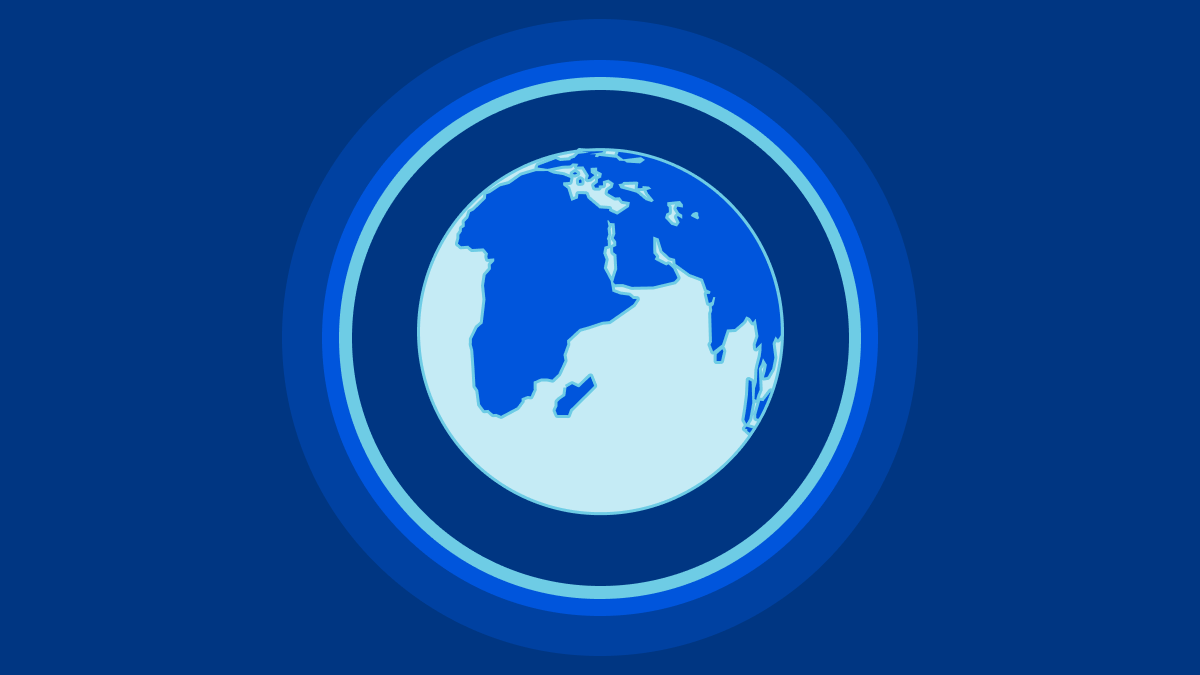

It is once again exam time in Syria, Sudan, and Algeria, and with it, we find these countries disrupting Internet connectivity in an effort to prevent cheating on these exams. As they have done over the past several years, Syria and Sudan are implementing multi-hour nationwide Internet shutdowns. Algeria has also taken a similar approach in the past, but this year appears to be implementing more targeted website/application blocking.
Syria
Syria has been implementing Internet shutdowns across the country since 2011, but exam-related shutdowns have only been in place since 2016. In 2021, exams took place between May 31 and June 22, with multi-hour shutdowns observed on each of the exam days.
This year, the first shutdown was observed on May 30, with subsequent shutdowns (to date) seen on June 2, 6, and 12. In the Cloudflare Radar graph below, traffic for Syria drops to zero while the shutdowns are active. According to Internet Society Pulse, several additional shutdowns are expected through June 21. Each takes place between 02000530 UTC (0500–0830 local time). According to a published report, the current exam cycle covers more than 500,000 students for basic and general secondary education certificates.

Consistent with Continue reading
Cloudflare is redefining employee well-being in Japan

This post is also available in 日本語
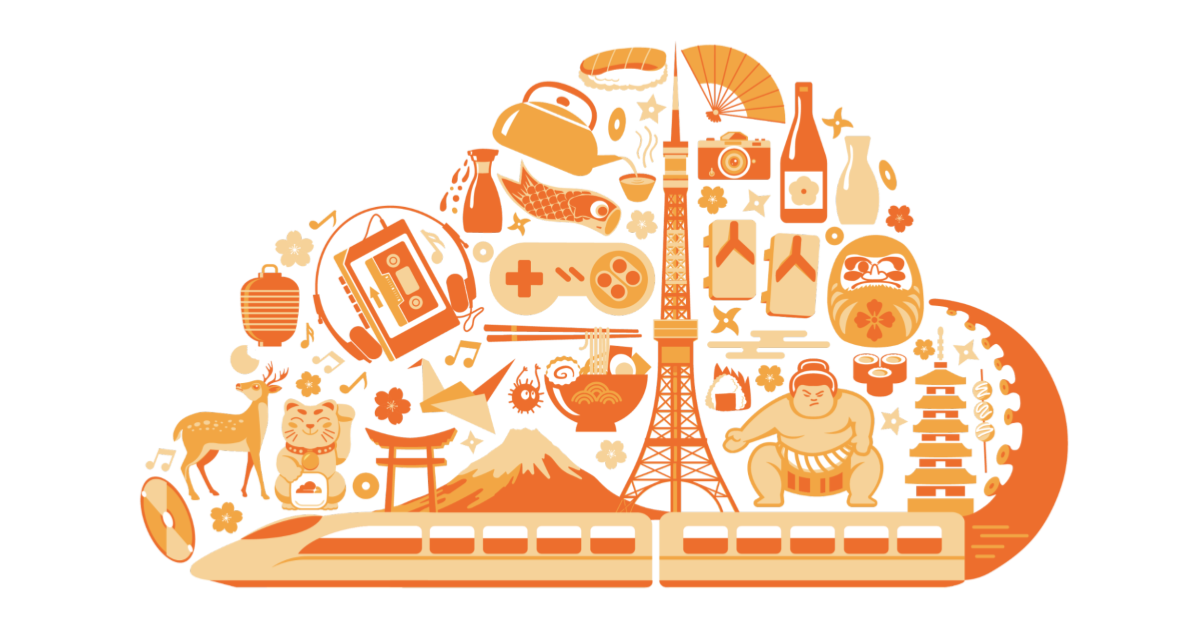
“You can accomplish anything if you do it. Nothing will be accomplished unless you do it. If nothing is not accomplished, that’s because no one did it.“
— Yozan Uesugi
Long hours and hard work. If you ask anyone in Japan what our work culture is like, chances are, these are the words that will come to mind. Different countries have their own cultures and also specific work habits and ways of having a work-life balance. The pandemic brought everyone (companies and their people) a new reality, new lessons, and new habits. Here at Cloudflare, our thinking around where and how we do our best work has evolved over the course of the pandemic. We care about addressing the diverse needs of our workforce and our policies and benefits are designed to optimize for their flexibility and needs. To that end, Cloudflare Japan is making a few important changes to our employee benefits:
- “take what you need” time off for all our employees
- 16-week gender-neutral paid parental leave
- flexible working hours
First, let’s try to understand a bit of the Japanese work culture. According to Japan’s labor laws, Japanese employed workers are Continue reading
AAE-1 & SMW5 cable cuts impact millions of users across multiple countries


Just after 1200 UTC on Tuesday, June 7, the Africa-Asia-Europe-1 (AAE-1) and SEA-ME-WE-5 (SMW-5) submarine cables suffered cable cuts. The damage reportedly occurred in Egypt, and impacted Internet connectivity for millions of Internet users across multiple countries in the Middle East and Africa, as well as thousands of miles away in Asia. In addition, Google Cloud Platform and OVHcloud reported connectivity issues due to these cable cuts.
The impact
Data from Cloudflare Radar showed significant drops in traffic across the impacted countries as the cable damage occurred, recovering approximately four hours later as the cables were repaired.







It appears that Saudi Arabia may have also been affected by the cable cut(s), but the impact was much less significant, and traffic recovered almost immediately.

In the graphs above, we show that Ethiopia was one of the impacted countries. However, as it is landlocked, there are obviously no submarine cable landing points within the country. The Afterfibre map from the Network Startup Resource Center (NSRC) shows that that fiber in Ethiopia connects to fiber in Somalia, which experienced an impact. In addition, Ethio Telecom also routes traffic through network providers in Kenya and Djibouti. Djibouti Telecom, one of these providers, in turn Continue reading
How Queen Elizabeth II’s Platinum Jubilee had an impact on the Internet

“I declare before you all that my whole life, whether it be long or short, shall be devoted to your service and the service of our great imperial family to which we all belong.”
— Queen Elizabeth II birthday speech, April 21, 1947

The rising and setting of the sun has an impact on human behaviour and on Internet trends, and events like this weekend's celebration of Queen Elizabeth II’s Platinum Jubilee also show up in Internet trends.
When Elizabeth II's reign started, on February 6, 1952 (the coronation was on June 2, 1953), the Turing machine had already been proposed (1936), and with that the basis for computer science. ARPANET, which became the technical foundation of the Internet, was still a dream that came to fruition in the late 60s — the World Wide Web is from 1989 and in 2014 we celebrated its Silver Jubilee. So, with that in mind, let’s answer the question: did the 2022 celebrations of the first British monarch with a 70th anniversary on the throne have an impact on the UK’s Internet traffic?
First, some details about the Platinum Jubilee. There was a four-day bank holiday (June 2-5) in the UK Continue reading
A new portal for Project Galileo participants
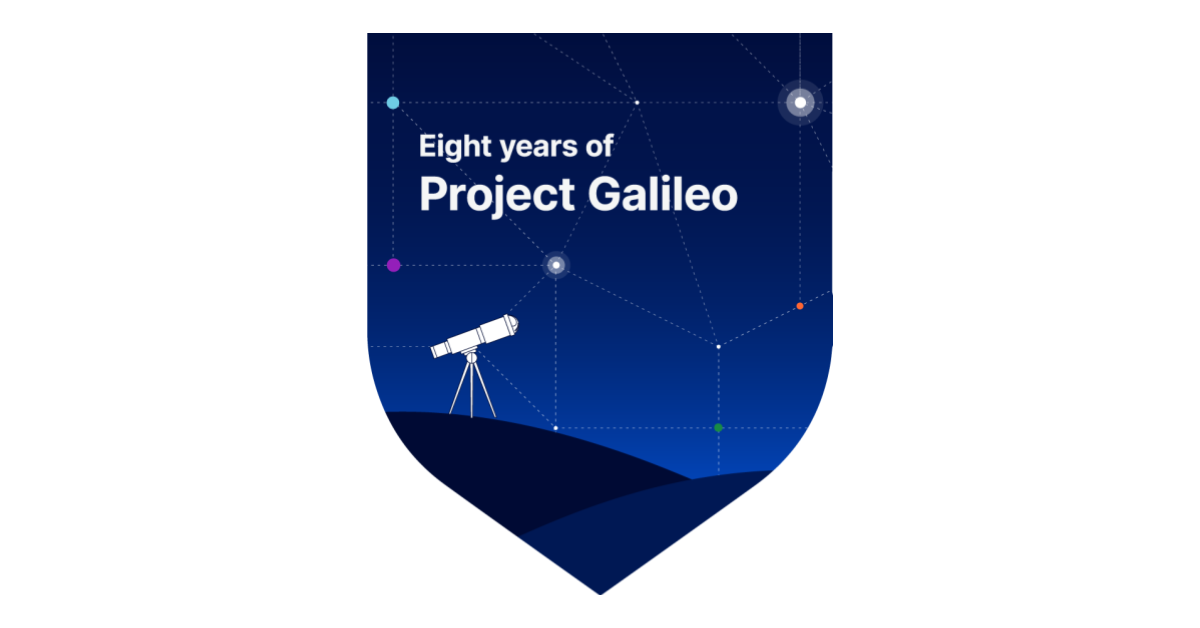
This post is also available in 日本語, Deutsch, Français, Español and Português.

Each anniversary of Project Galileo serves as an impetus for big-picture thinking among the Cloudflare team about where to take the initiative next. For this eighth anniversary, we want to help participants get the most out of their free security and performance services and simplify the onboarding process.
Organizations protected under Galileo are a diverse bunch, with 111 countries represented across 1,900+ web domains. Some of these organizations are very small and sometimes operated solely by volunteers. It is understandable that many do not have IT specialists or other employees with technical knowledge about security and performance capabilities. We strive to give them the tools and training to succeed, and we felt it was imperative to take this effort to a new level.
Introducing the Cloudflare Social Impact Projects Portal
To provide Galileo participants with one place to access resources, configuration tips, product explainers, and more, we built the Cloudflare Social Impact Projects Portal.
The crisis in Ukraine was a key source of inspiration for this endeavor. With overall applications for the project skyrocketing by 177% in March 2022, we were rushing to onboard new Continue reading
Private Access Tokens: eliminating CAPTCHAs on iPhones and Macs with open standards
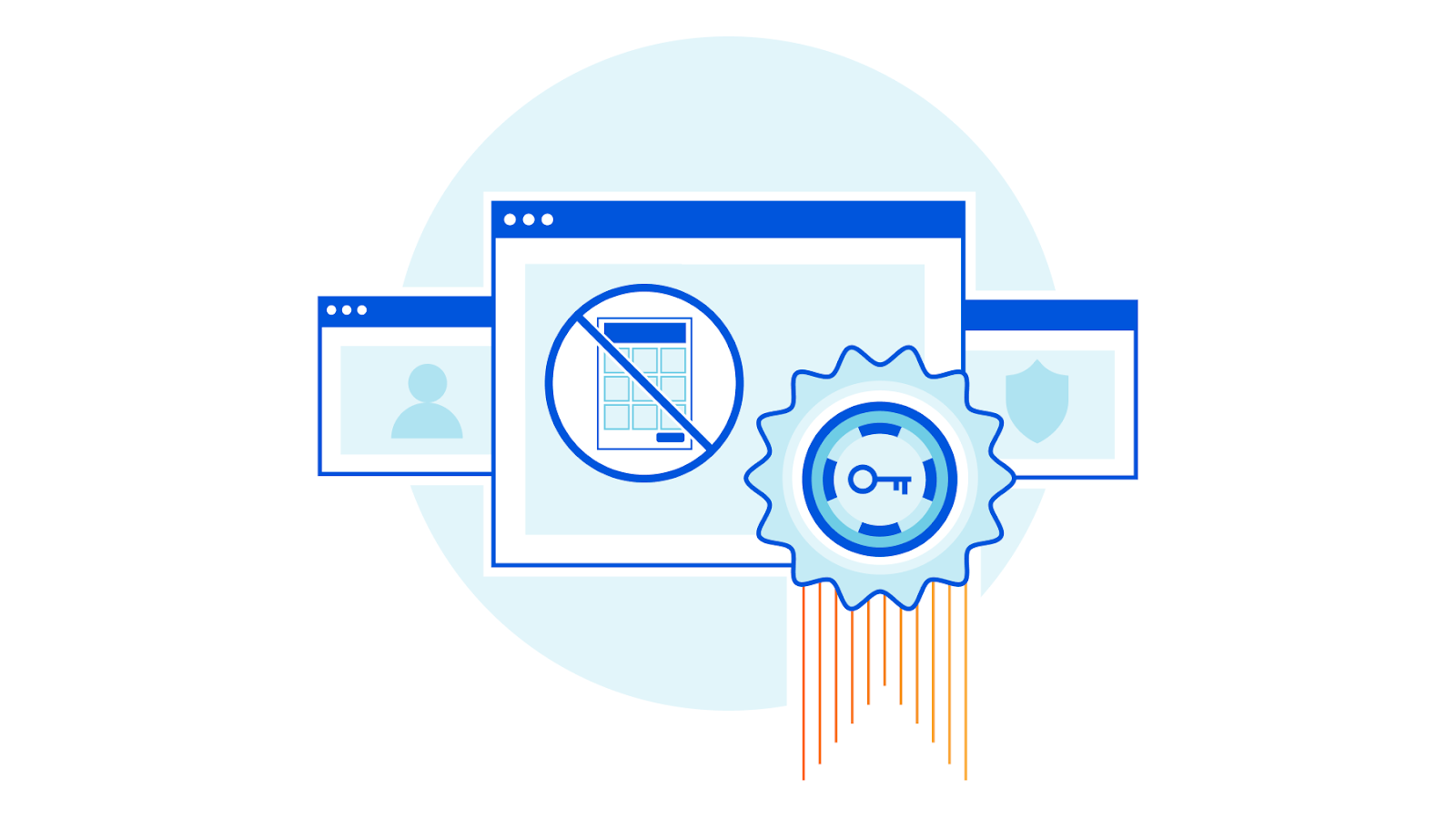
This post is also available in 日本語, Español.
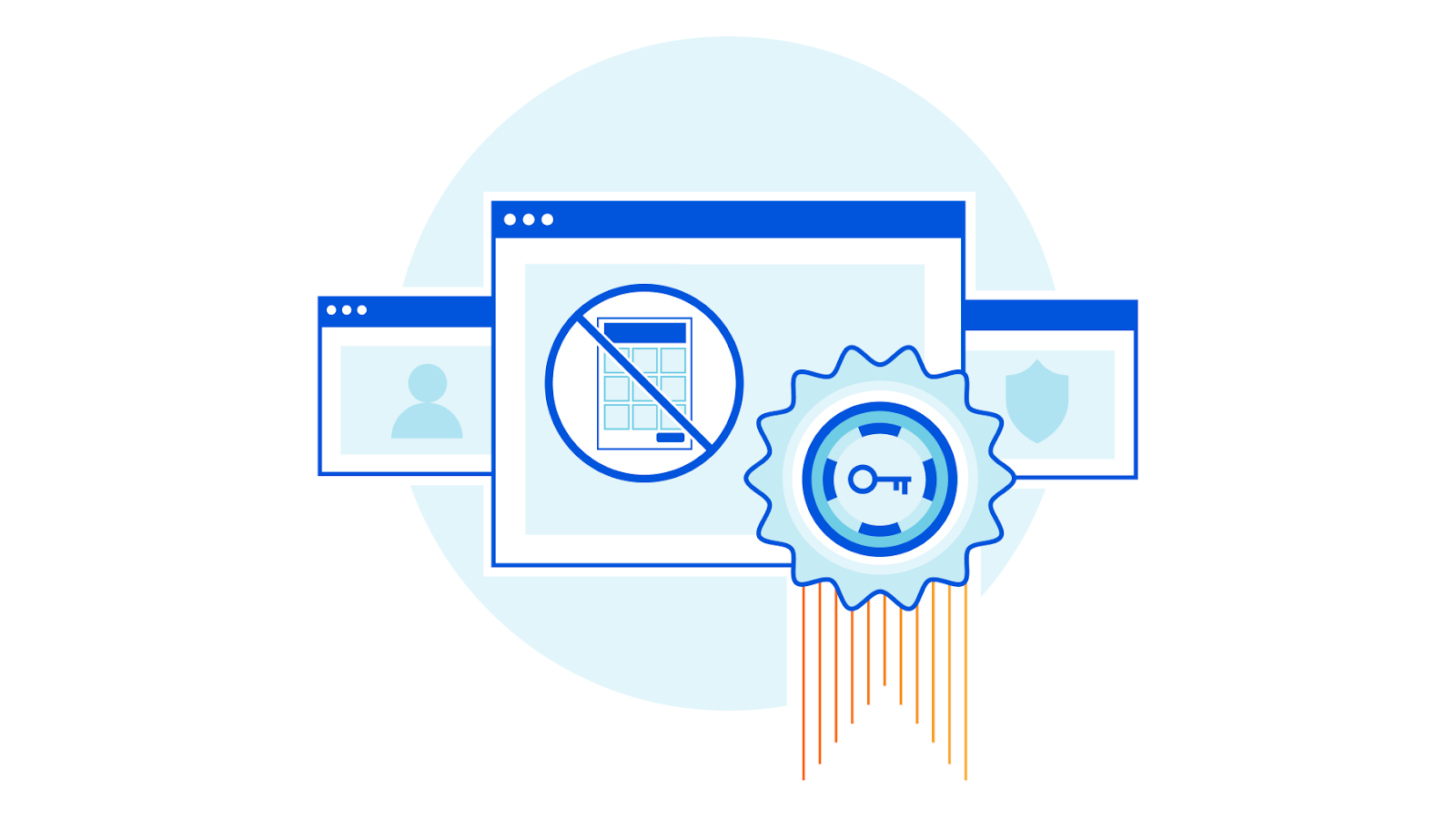
Today we’re announcing Private Access Tokens, a completely invisible, private way to validate that real users are visiting your site. Visitors using operating systems that support these tokens, including the upcoming versions of macOS or iOS, can now prove they’re human without completing a CAPTCHA or giving up personal data. This will eliminate nearly 100% of CAPTCHAs served to these users.
What does this mean for you?
If you’re an Internet user:
- We’re making your mobile web experience more pleasant and more private than other networks at the same time.
- You won’t see a CAPTCHA on a supported iOS or Mac device (other devices coming soon!) accessing the Cloudflare network.
If you’re a web or application developer:
- Know your user is coming from an authentic device and signed application, verified by the device vendor directly.
- Validate users without maintaining a cumbersome SDK.
If you’re a Cloudflare customer:
- You don’t have to do anything! Cloudflare will automatically ask for and utilize Private Access Tokens
- Your visitors won’t see a CAPTCHA, and we’ll ask for less data from their devices.
Introducing Private Access Tokens
Over the past year, Cloudflare has collaborated Continue reading
In Ukraine and beyond, what it takes to keep vulnerable groups online

This post is also available in 日本語, Deutsch, Français, Español, Português.

As we celebrate the eighth anniversary of Project Galileo, we want to provide a view into the type of cyber attacks experienced by organizations protected under the project. In a year full of new challenges for so many, we hope that analysis of attacks against these vulnerable groups provides researchers, civil society, and targeted organizations with insight into how to better protect those working in these spaces.
For this blog, we want to focus on attacks we have seen against organizations in Ukraine, including significant growth in DDoS attack activity after the start of the conflict. Within the related Radar dashboard, we do a deep dive into attack trends against Project Galileo participants in a range of areas including human rights, journalism, and community led non-profits.
To read the whole report, visit the Project Galileo 8th anniversary Radar Dashboard.
Understanding the Data
- For this dashboard, we analyzed data from July 1, 2021 to May 5, 2022 from 1,900 organizations from around the world that are protected under the project.
- For DDoS attacks, we classify this as traffic that we have determined is part of a Continue reading
Let’s celebrate the 8th anniversary of Project Galileo!

This post is also available in 日本語, Deutsch, Français, Español and Português.

We started Project Galileo in 2014 with the simple idea that organizations that work in vulnerable yet essential areas of human rights and democracy building should not be taken down because of cyber attacks. In the past eight years, this idea has grown to more than just keeping them secure from a DDoS attack, but also how to foster collaboration with civil society to offer more tools and support to these groups. In March 2022, after the war in Ukraine started, we saw an increase in applications to Project Galileo by 177%.
Read ahead for details on all of our eighth anniversary announcements:
- Two new civil society partners helping choose participants
- New insights on attack patterns using data from Cloudflare Radar
- A portal designed to ease onboarding for Galileo participants
- Details on our sessions at RightsCon this week
- New case studies highlighting Galileo participants and the important work they are doing
Announcing two new Project Galileo partners
This year, we are excited to welcome two new partners, International Media Support and CyberPeace Institute. As we introduce new partners, we are able to expand the project Continue reading
HTTP RFCs have evolved: A Cloudflare view of HTTP usage trends
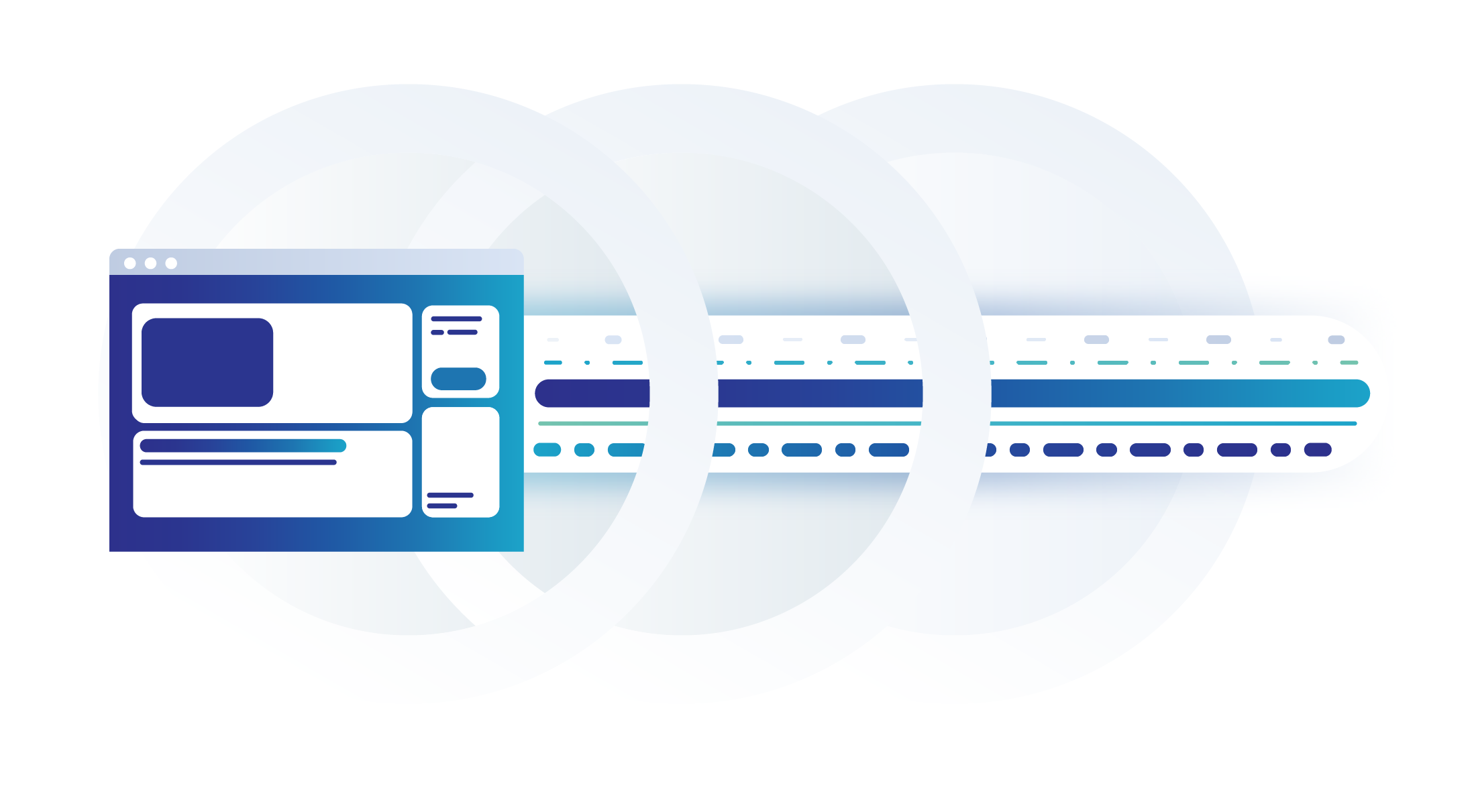

Today, a cluster of Internet standards were published that rationalize and modernize the definition of HTTP - the application protocol that underpins the web. This work includes updates to, and refactoring of, HTTP semantics, HTTP caching, HTTP/1.1, HTTP/2, and the brand-new HTTP/3. Developing these specifications has been no mean feat and today marks the culmination of efforts far and wide, in the Internet Engineering Task Force (IETF) and beyond. We thought it would be interesting to celebrate the occasion by sharing some analysis of Cloudflare's view of HTTP traffic over the last 12 months.
However, before we get into the traffic data, for quick reference, here are the new RFCs that you should make a note of and start using:
- HTTP Semantics - RFC 9110
- HTTP's overall architecture, common terminology and shared protocol aspects such as request and response messages, methods, status codes, header and trailer fields, message content, representation data, content codings and much more. Obsoletes RFCs 2818, 7231, 7232, 7233, 7235, 7538, 7615, 7694, and portions of 7230.
- HTTP Caching - RFC 9111
- HTTP caches and related header fields to control the behavior of response caching. Obsoletes RFC 7234.
- Continue reading
Cloudflare observations of Confluence zero day (CVE-2022-26134)

On 2022-06-02 at 20:00 UTC Atlassian released a Security Advisory relating to a remote code execution (RCE) vulnerability affecting Confluence Server and Confluence Data Center products. This post covers our current analysis of this vulnerability.
When we learned about the vulnerability, Cloudflare’s internal teams immediately engaged to ensure all our customers and our own infrastructure were protected:
- Our Web Application Firewall (WAF) teams started work on our first mitigation rules that were deployed on 2022-06-02 at 23:38 UTC for all customers.
- Our internal security team started reviewing our Confluence instances to ensure Cloudflare itself was not impacted.
What is the impact of this vulnerability?
According to Volexity, the vulnerability results in full unauthenticated RCE, allowing an attacker to fully take over the target application.
Active exploits of this vulnerability leverage command injections using specially crafted strings to load a malicious class file in memory, allowing attackers to subsequently plant a webshell on the target machine that they can interact with.
Once the vulnerability is exploited, attackers can implant additional malicious code such as Behinder; a custom webshell called noop.jsp, which replaces the legitimate noop.jsp file located at Confluence root>/confluence/noop.jsp; and another open source webshell called Continue reading
Cloudflare customers are protected from the Atlassian Confluence CVE-2022-26134


On June 02, 2022 Atlassian released a security advisory for their Confluence Server and Data Center applications, highlighting a critical severity unauthenticated remote code execution vulnerability. The vulnerability is as CVE-2022-26134 and affects Confluence Server version 7.18.0 and all Confluence Data Center versions >= 7.4.0.
No patch is available yet but Cloudflare customers using either WAF or Access are already protected.
Our own Confluence nodes are protected by both WAF and Access, and at the time of writing, we have found no evidence that our Confluence instance was exploited.
Cloudflare reviewed the security advisory, conducted our own analysis, and prepared a WAF mitigation rule via an emergency release. The rule, once tested, was deployed on June 2, 2022, at 23:38 UTC with a default action of BLOCK and the following IDs:
- 100531 (for our legacy WAF)
- 408cff2b (for our new WAF)
All customers using the Cloudflare WAF to protect their self-hosted Confluence applications have automatically been protected since the new rule was deployed.
Customers who have deployed Cloudflare Access in front of their Confluence applications were protected from external exploitation attempts even before the emergency release. Access verifies every request made to a Confluence application to Continue reading
Platform Week wrap-up
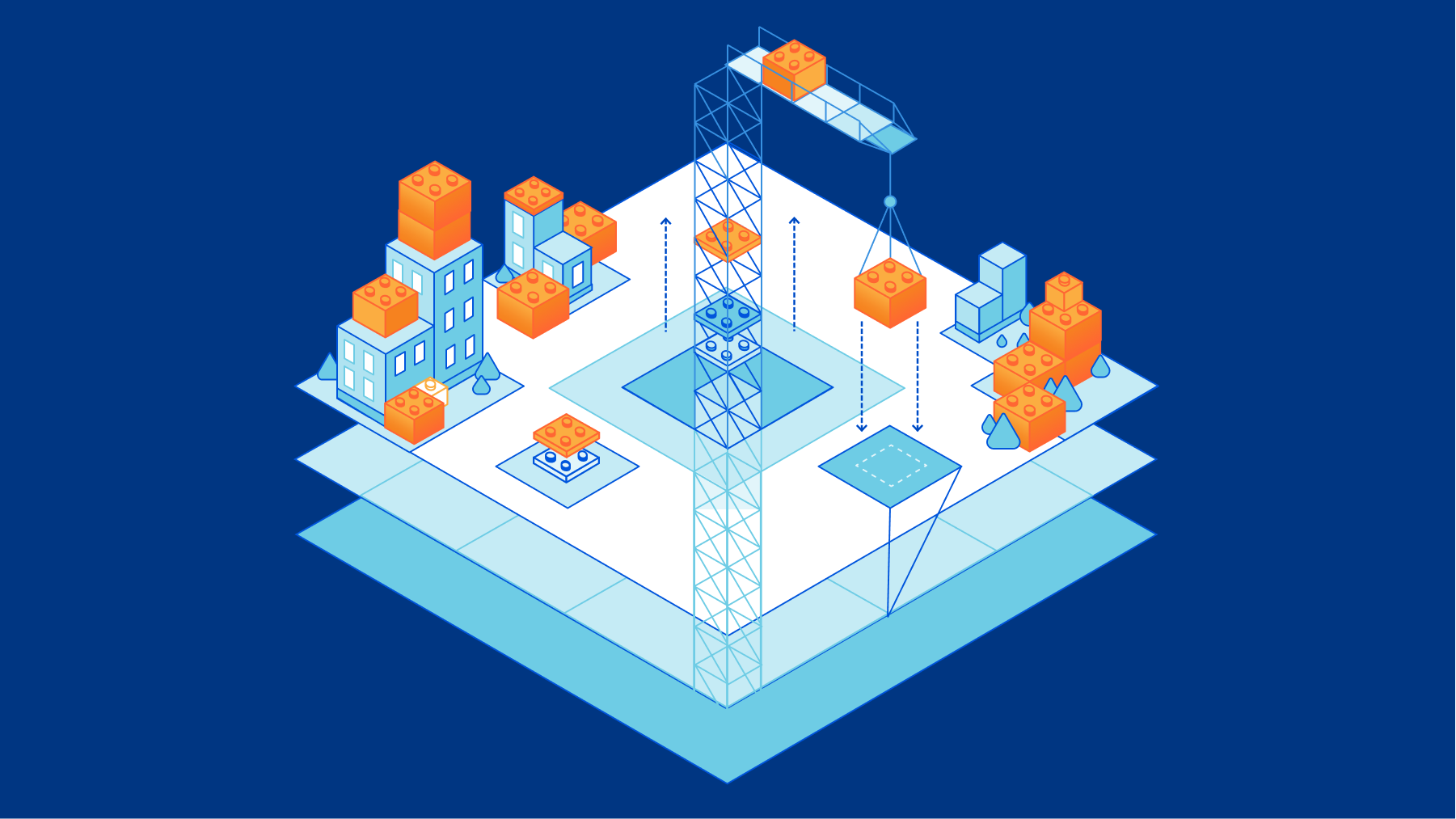
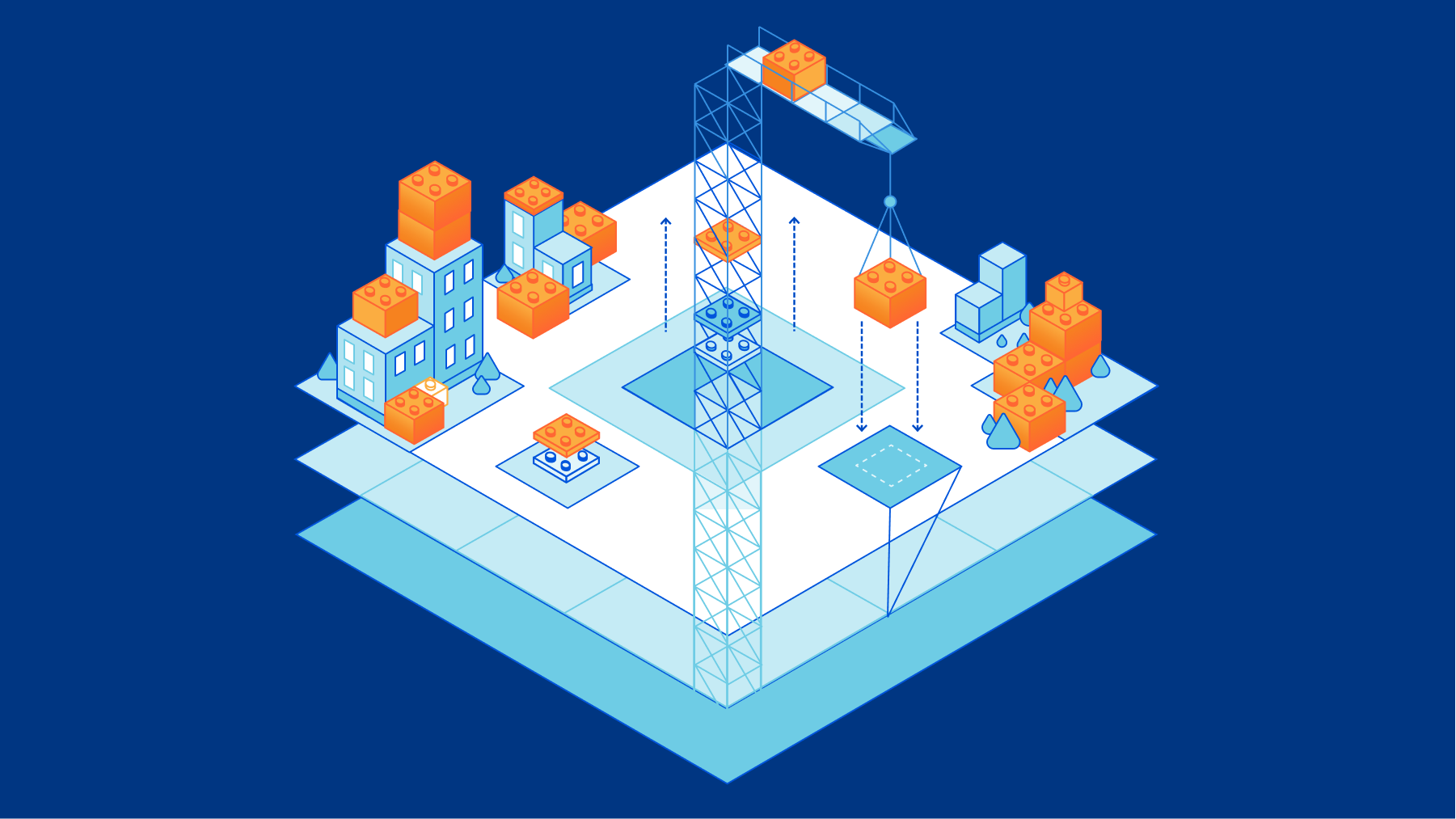
A comprehensive developer platform includes all the necessary storage, compute, and services to effectively deliver an application. Compute that runs globally and auto-scales to execute code without having to worry about the underlying infrastructure; storage for user information, objects, and key-value pairs; and all the related services including delivering video, optimizing images, managing third-party components, and capturing telemetry.
Whether you’re looking to modernize legacy backend infrastructure or are building a brand-new application from the ground up the Cloudflare Developer Platform provides all the building blocks you need to deliver an application on the edge.
Recently, during Platform Week, we made a number of announcements expanding what’s possible with the Developer Platform. Let’s take a look at some of the announcements we made and what this enables you to build. For a complete list visit the Platform Week hub.
Compute
The core of our compute offering is Workers, our serverless runtime. Workers integrates with other Cloudflare offerings helping you route requests, take action on bots, send an email, or route and filter emails, just to name a few.
There are times when you’ll want to use multiple Workers to perform an action, Workers now have the ability to call another Continue reading
“Much more than just writing.” How I got started as a content designer


Content design is a relatively new discipline, but one that deeply affects how users perceive, choose, and use products. People who work in content design can take many names (content designers, UX writers, product writers, just to name a few) but in a nutshell, our job is to help users accomplish goals on an interface by providing them with the right guidance at the right time. Unlike visual designers, content designers are not responsible for the graphic layout or the look and feel of a given interface — instead, we own what we call the conversation between product and user along each journey to ensure that the user has all the information they need to reach their goal.
The interesting thing is — when interfaces are concerned, the more effective the text, the less noticeable it will be to users. Great content on an interface “just works”; it disappears into a delightful user experience while leading happy users to success, whatever it is they’re trying to get done with a given product. Content designers achieve that by making sure they know user needs inside out and which problems the product is trying to solve. Next, in partnership with visual designers, Continue reading
We rebuilt Cloudflare’s developer documentation – here’s what we learned


We recently updated developers.cloudflare.com, the Cloudflare Developers documentation website, to a new version of our custom documentation engine. This change consisted of a significant migration from Gatsby to Hugo and converged a collection of Workers Sites into a single Cloudflare Pages instance. Together, these updates brought developer experience, performance, and quality of life improvements for our engineers, technical writers, and product managers.
In this blog post, we’ll cover the history of Cloudflare’s developer docs, why we made this recent transition, and why we continue to dogfood Cloudflare’s products as we develop applications internally.
What are Cloudflare’s Developer Docs?
Cloudflare’s Developer Docs, which are open source on GitHub, comprise documentation for all of Cloudflare’s products. The documentation is written by technical writers, product managers, and engineers at Cloudflare. Like many open source projects, contributions to the docs happen via Pull Requests (PRs). At time of writing, we have 1,600 documentation pages and have accepted almost 4,000 PRs, both from Cloudflare employees and external contributors in our community.
The underlying documentation engine we’ve used to build these docs has changed multiple times over the years. Documentation sites are often built with static site generators and, at Cloudflare, we’ve Continue reading